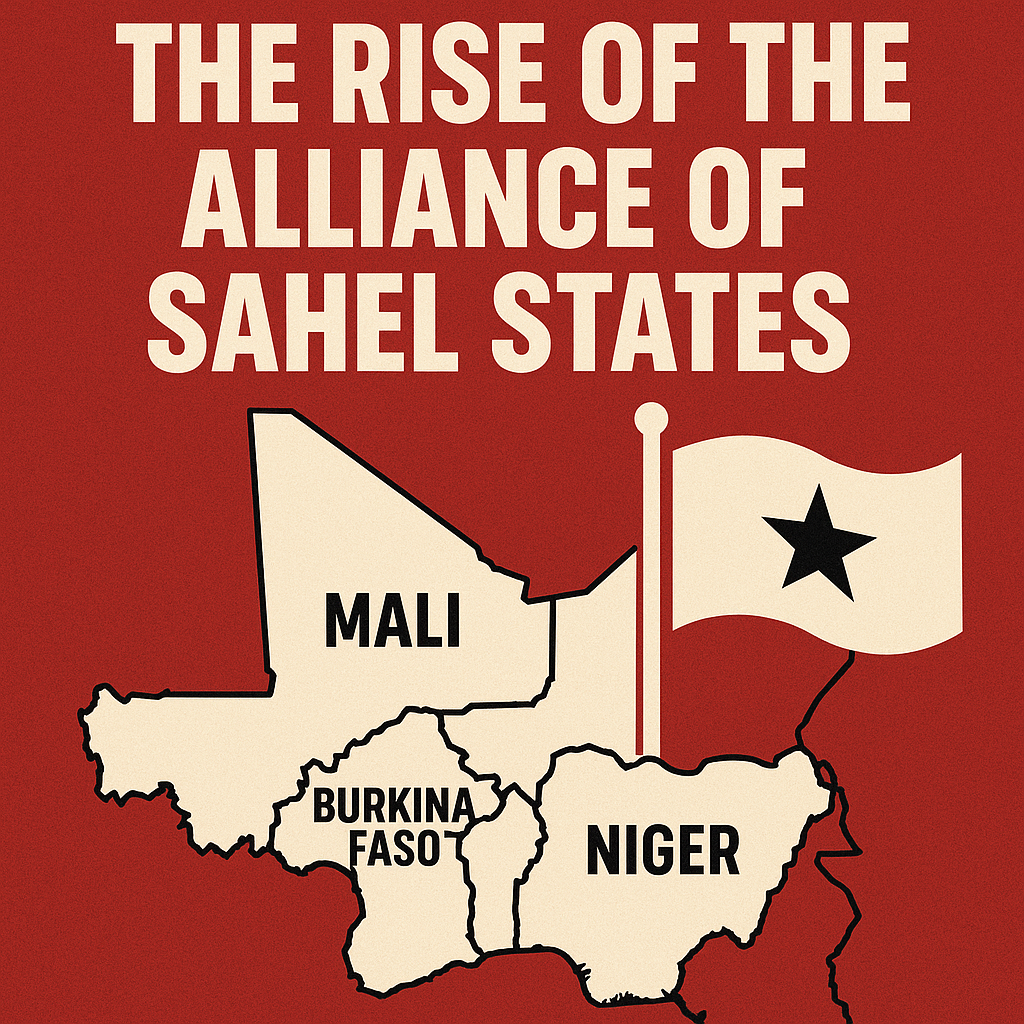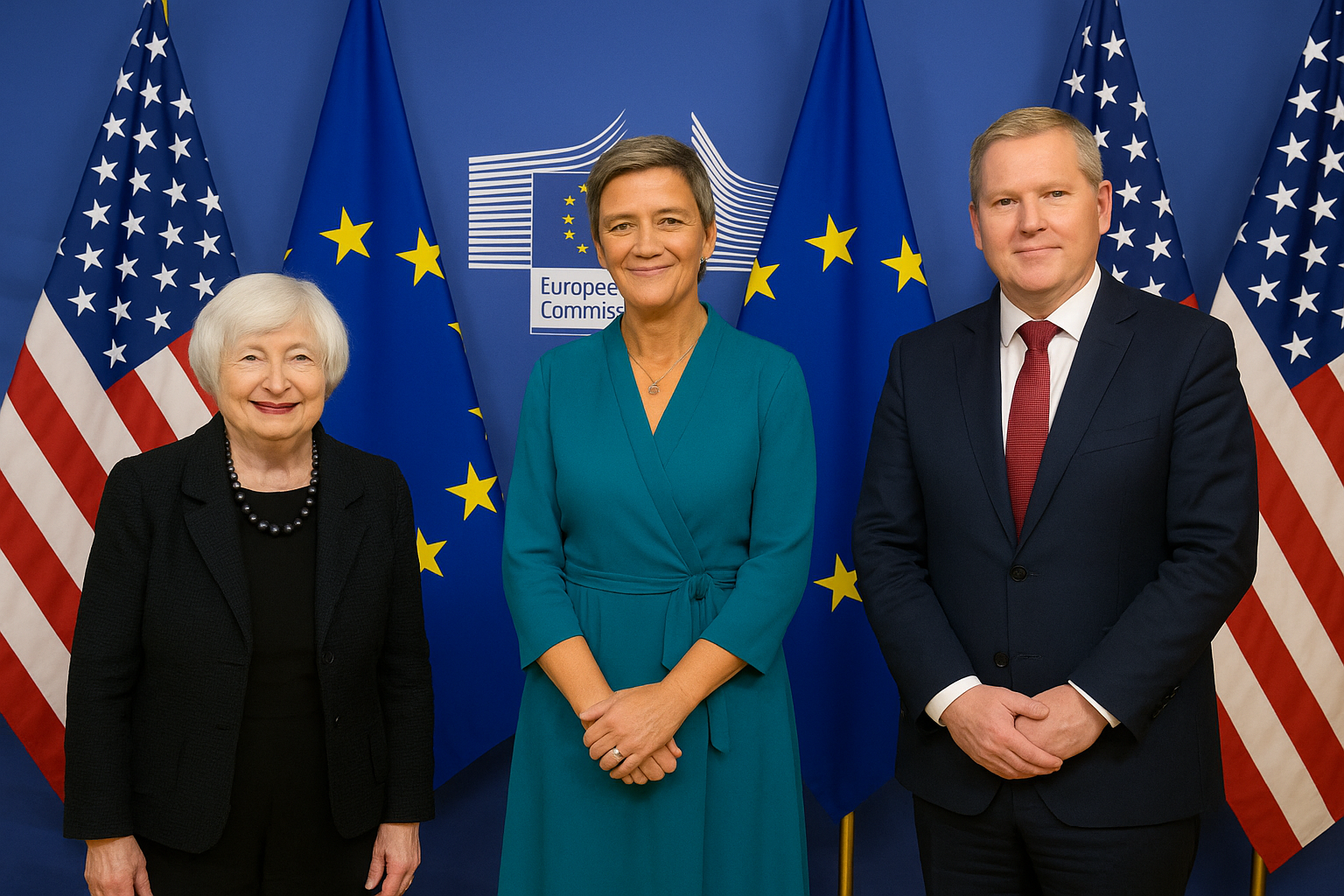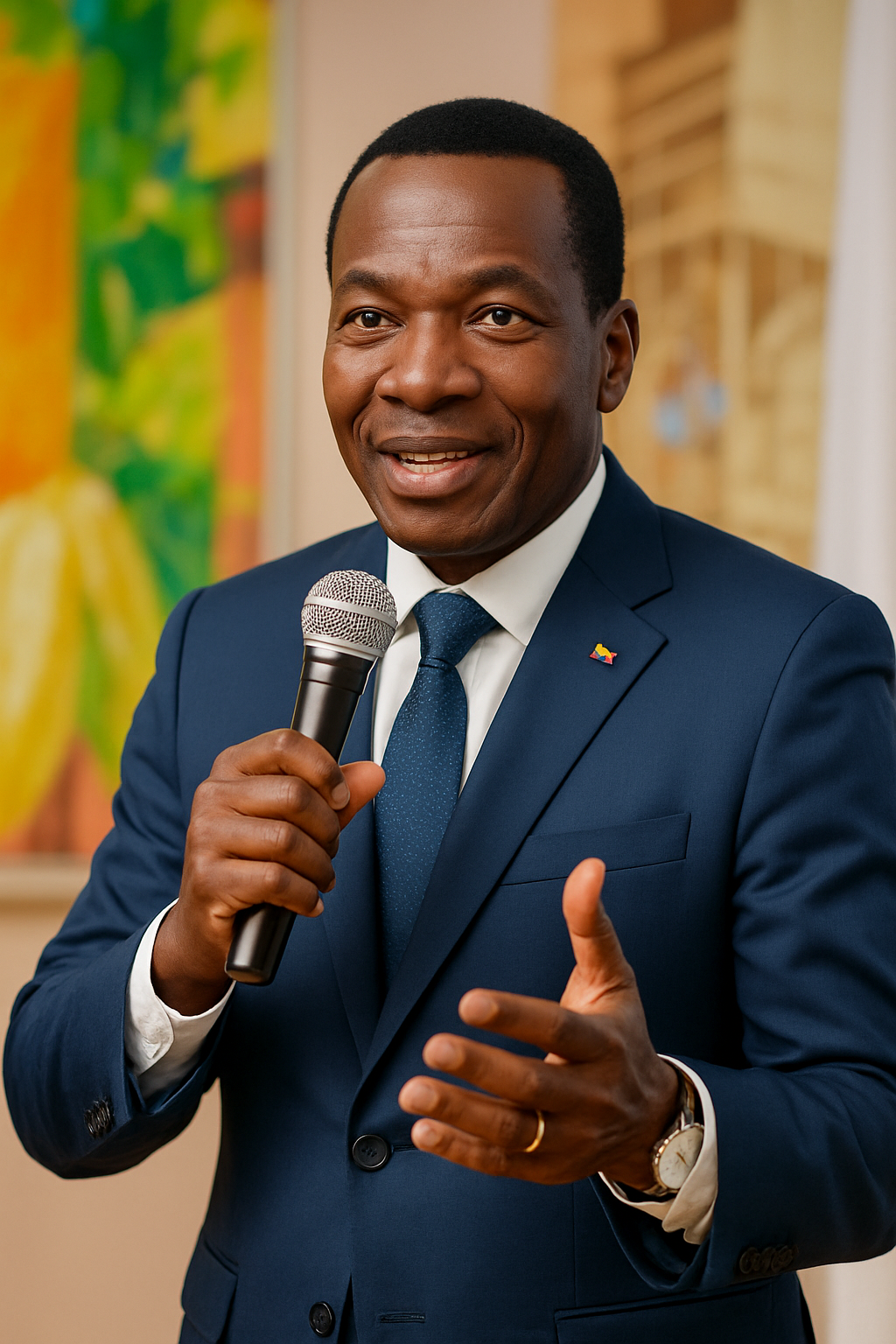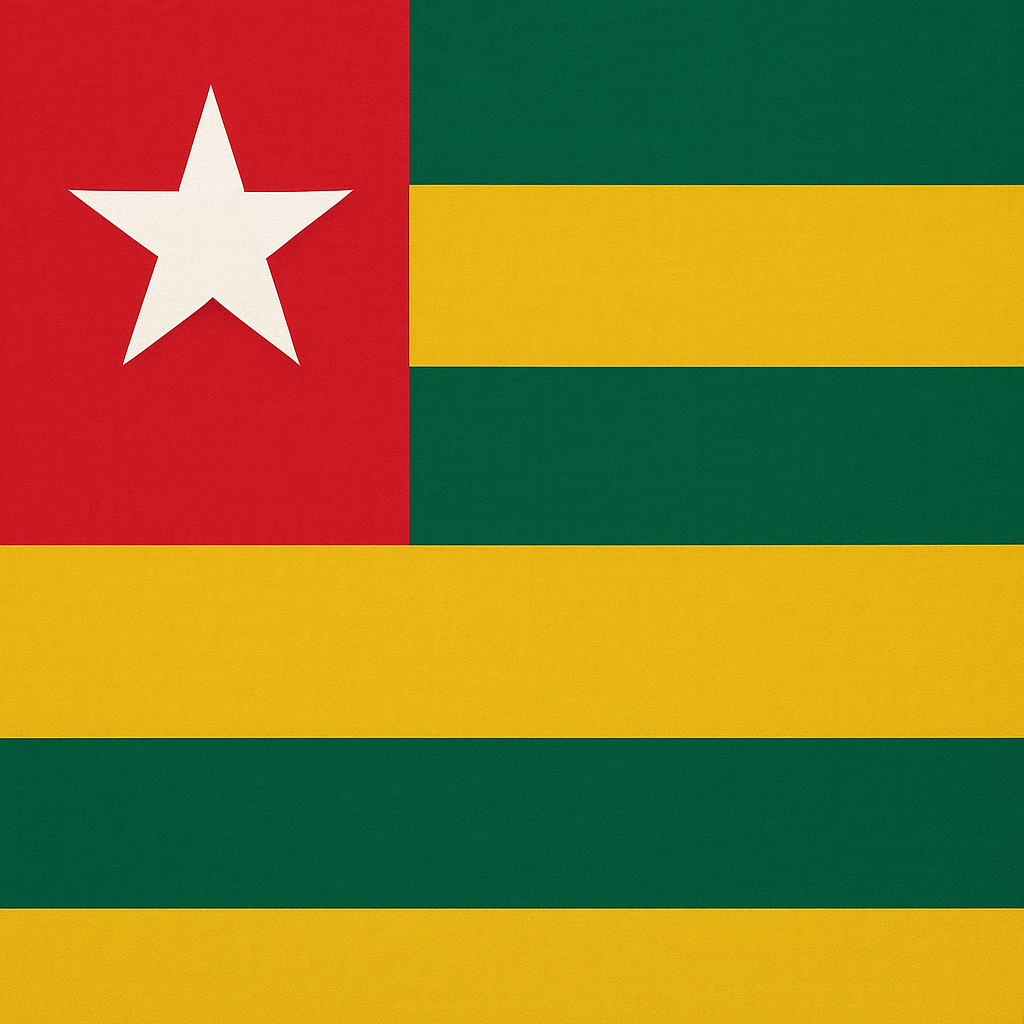West Africa, a region often characterized by its vibrant cultures and complex postcolonial legacies, is witnessing a profound geopolitical realignment. At the center of this transformation is the Alliance of Sahel States (AES)—a military and political union formed by Mali, Burkina Faso, and Niger following successive coups d’état in each of these countries. The emergence of the AES, and its recent collective withdrawal from the Economic Community of West African States (ECOWAS), marks a watershed moment in West Africa’s post-independence trajectory.
In this article, we explore the origins of this alliance, its ambitions, the implications of its divergence from ECOWAS, and the broader impact on regional stability and international diplomacy.
The Genesis of the Alliance
The Alliance of Sahel States was formally established in September 2023, after years of deteriorating relations between the Sahelian juntas and ECOWAS. The military regimes in Mali (2020), Burkina Faso (2022), and Niger (2023) came to power amid growing insecurity caused by jihadist insurgencies, public discontent with corrupt governance, and frustration with Western-backed counterterrorism strategies that had yielded few results.
Initially formed as a mutual defense pact, the alliance rapidly evolved into a more integrated bloc. It signaled a shared desire to reject foreign interference, reassert sovereignty, and promote regional cooperation on their own terms.
In January 2024, the three states announced their withdrawal from ECOWAS, citing the regional body’s sanctions, perceived alignment with Western interests, and inability to support their domestic security efforts.
Building a New Bloc
Since its inception, the AES has taken concrete steps to formalize and expand its reach:
1. Military Integration and Defense Cooperation
The cornerstone of the AES is mutual military support. Joint exercises and intelligence sharing have begun. There is also talk of establishing a unified Sahelian command structure, potentially modeled on NATO’s cooperative security systems.
This development is not merely symbolic: with ECOWAS threatening intervention in Niger following the 2023 coup, the alliance demonstrated it could serve as a protective buffer against external threats—including from neighboring African countries aligned with Western powers.
2. Economic Sovereignty Projects
The AES is working to establish a common bank and shared currency mechanisms, in part to reduce dependency on institutions like the West African CFA franc, which is seen as a colonial vestige still tied to the French treasury.
Additionally, they have announced plans to develop infrastructure corridors connecting their capitals and facilitating inter-Sahelian trade—challenging existing ECOWAS-led trade routes and protocols.
3. Diplomatic Realignment
Perhaps most notably, the AES is repositioning itself in the global diplomatic sphere. All three governments have deepened ties with Russia, signing security and energy agreements, and accepting military advisors from Wagner-linked entities. Simultaneously, traditional partnerships with France, the U.S., and the EU have frayed, if not collapsed entirely.
Why This Matters for West Africa
The creation of the AES is not merely a regional reshuffle—it signals a reimagining of West Africa’s post-colonial political architecture.
Fragmentation of ECOWAS
With the exit of three key members—representing nearly one-third of the region’s population and vast territorial spans—ECOWAS is facing an existential challenge. Its credibility as a guarantor of democratic norms and economic cooperation has been significantly undermined.
Efforts to re-engage the AES states through diplomatic channels have so far failed, especially given that ECOWAS had imposed heavy sanctions on Mali and Niger following their coups. These sanctions, now lifted, did little to sway the military regimes, who saw them as evidence of Western puppet governance.
Security Implications
All three AES countries are at the frontlines of the battle against jihadist insurgents, including al-Qaeda affiliates and Islamic State cells. By combining their military efforts and excluding outside influence, they argue they are better equipped to respond to local dynamics. However, this approach remains controversial, particularly with evidence that Russian security forces have violated human rights in other African countries.
A unified AES military doctrine could change the nature of counter-insurgency in the Sahel—but whether it will be more effective remains to be seen.
Broader Geopolitical Implications
The AES is part of a larger African trend toward non-alignment and decolonization. Across the continent, governments and civil societies are pushing back against traditional Western dominance in security, finance, and governance.
Russia and China’s Expanding Role
The AES’s pivot toward Russia, and to a lesser extent China, is a clear indication of West Africa’s eastern turn. For Moscow, access to resource-rich partners in the Sahel helps solidify its global influence amidst its isolation from the West. For Beijing, these shifts may open new opportunities for infrastructure investment under the Belt and Road Initiative.
Redefining Sovereignty
The AES challenges the notion that regional integration must follow the ECOWAS or African Union model. It advocates for African solutions to African problems, rejecting external conditionalities and Western-style liberal democracy.
This is both empowering and dangerous. While asserting independence, the AES also risks entrenching military rule and sidelining civil society—undermining democratic development.
What’s Next?
As of mid-2025, the AES is preparing to hold its first formal summit in Ouagadougou, where member states are expected to formalize their institutional architecture and propose a long-term vision for Sahelian cooperation.
ECOWAS, meanwhile, is attempting to regroup—proposing reforms and convening emergency sessions to address the threat of fragmentation. Nigeria, Ghana, and Senegal—still democratic and economically powerful—are leading calls to reassert ECOWAS’s relevance.
At stake is more than institutional rivalry: it is the direction of a region with immense demographic potential, resource wealth, and global strategic value.
Conclusion
The rise of the Alliance of Sahel States is a transformative development that could reshape West Africa for decades. Whether it succeeds in delivering security, development, and sovereignty—or becomes another chapter in the continent’s cycle of fragmentation and external manipulation—will depend on how the region and the world respond.
What is certain is that the AES cannot be ignored. It is not simply a rejection of ECOWAS or Western influence, but an assertion of a new political identity emerging from the Sahel—one forged in crisis, but aiming to define its own future.



